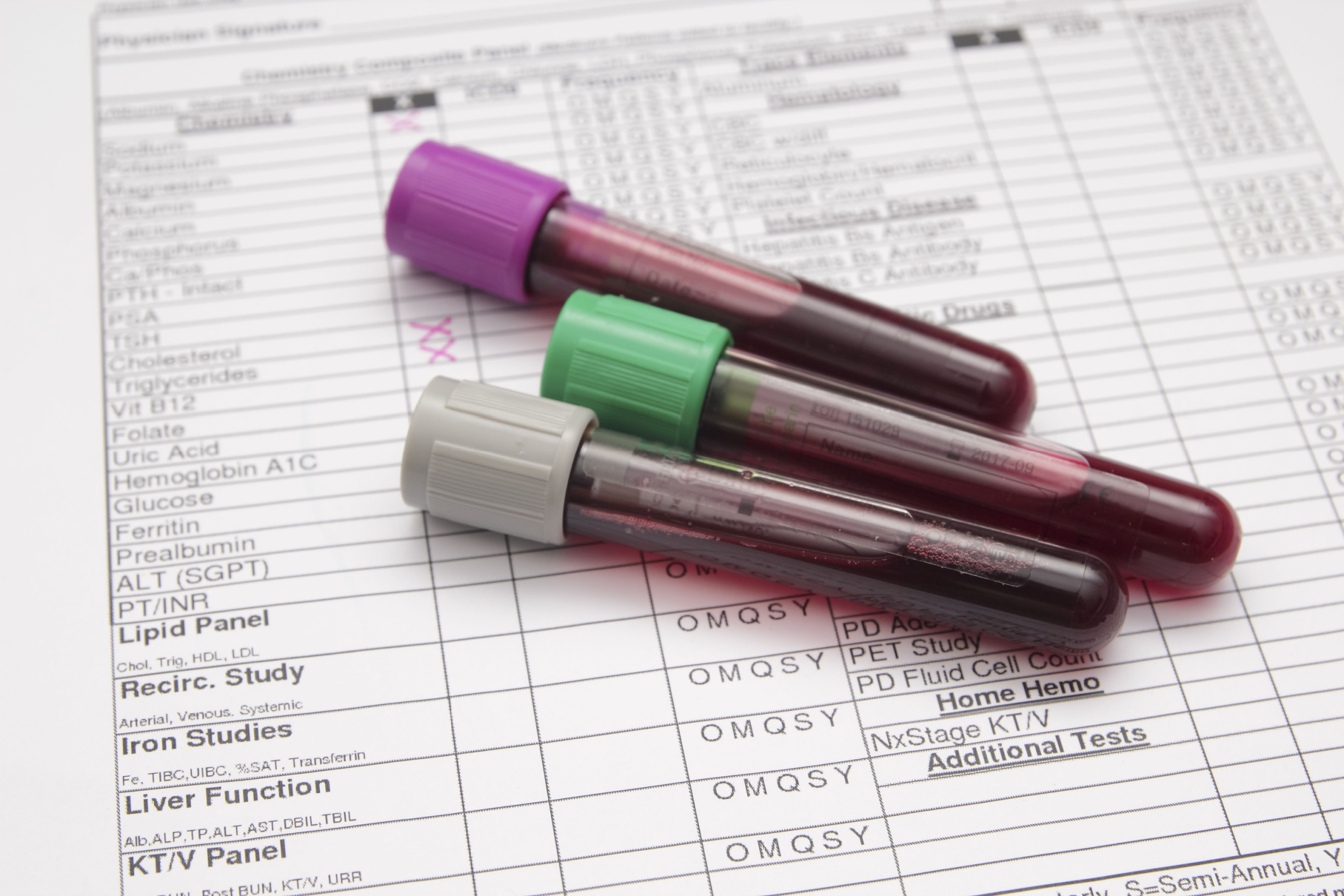
Key points:
New research has identified a range of metabolic biomarkers that could help predict the risk of cancer and chronic kidney and liver disease.
Deploying machine learning to examine data from 459,169 participants in the UK Biobank, the University of South Australia (UniSA) study identified 84 features that could signal increased cancer risk.
Several markers also signalled chronic kidney or liver disease, highlighting the significance of exploring the underlying pathogenic mechanisms of these diseases for their potential connections with cancer.
UniSA Researcher Doctor Amanda Lumsden said this study provides important information on mechanisms that may contribute to cancer risk such as high levels of urinary microalbumin – the highest predictor of cancer after age.
Dr Lumsden added other indicators of poor kidney performance such as high blood levels of cystatin C, high urinary creatinine (a waste product filtered by your kidneys), and overall lower total serum protein were also linked to cancer risk.
“We also identified that greater red cell distribution width (RDW) – or the variation in size of your red blood cells – is associated with increased risk of cancer,” she said.
“Normally, your red blood cells should be about the same size, and when there are discrepancies, it can correlate with higher inflammation and poorer renal function. As this study shows, also a higher risk of cancer.”
Additionally, the study found that high levels of C-reactive protein (an indicator of systemic inflammation) were connected to increased cancer risk, as were high levels of the enzyme gamma glutamyl transferase (GGT) – a liver stress-related biomarker.
Chief investigator at UniSA’s Centre Director of the Australian Centre for Precision Health, Professor Elina Hyppönen, said while further studies are needed to confirm causality and clinical relevance, this research suggests that with relatively simple blood tests it may be possible to gain information about our future risk of cancer and potentially prevent it.
“It is interesting that while our model incorporated information on thousands of features, including clinical, behavioural, and social factors, so many were biomarkers, which reflect the metabolic state before cancer diagnoses,” Prof Hyppönen said.
“Using artificial intelligence, our model has shown that it can incorporate and cross-reference thousands of features and identify relevant risk predictors that may otherwise remain hidden.”